The 10 Biggest Intel News Stories Of 2021 (So Far)
A look at the 10 biggest news stories that have helped define 2021 so far for Intel, from a big product delay to several substantial changes enacted by new CEO Pat Gelsinger.
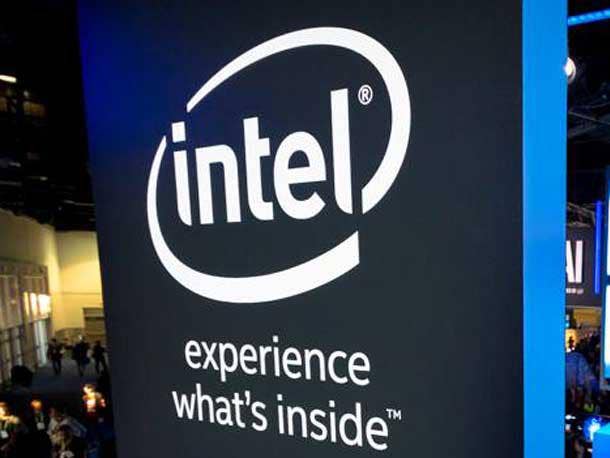
The Beginning Of The Gelsinger Era
Time for a massive understatement: Intel has had a very eventful 2021 so far. And a lot of that comes down to the fact that the semiconductor giant named a new CEO, who has unleashed a wave of big changes over the first half of the year.
Pat Gelsinger, the company’s new leader, has vowed to return Intel to “unquestioned leadership” after the chipmaker tumbled with its 10-nanometer and 7-nanometer manufacturing processes, which caused the company to fall behind other manufacturers while giving rivals like AMD an upper hand in delivering faster, more efficient processors.
[Related: The 10 Hottest Semiconductor Startups Of 2021 (So Far)]
What follows are the 10 biggest Intel news stories of 2021 so far, many of which revolve around changes that are being enacted under Gelsinger’s leadership.
For more of the biggest startups, products and news stories of 2021 so far, click here.

10. Intel Launches Intel Partner Alliance Partner Program
At the beginning of the year, Intel launched Intel Partner Alliance, its new partner program that consolidated previously disparate partner programs, bringing together tens thousands of partners of different roles, from solution providers to cloud service providers.
First announced in early 2019, Intel Partner Alliance brings together the Intel Technology Provider program, Intel IoT Solutions Alliance and the Intel Cloud Insider program to provide a one-stop shop for partners, regardless of their role. Intel is giving each partner a personalized experience in the program’s new online portal based on role and the level of business with Intel, both of which determine what kind of benefits and how many benefits are available.
Intel Partner Alliance consists of several resources, including a training program called Intel Partner University and a new collaboration and lead generation platform called Intel Solutions Marketplace, all of which are accessible through the online portal. The online portal also provides access to centralized information on points, sales, training and support as well as links for submitting support tickets and speaking with Intel representatives through online chat or by phone.
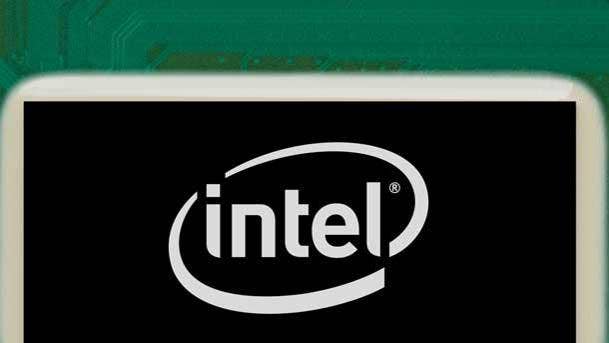
9. Intel Delays Sapphire Rapids Xeon CPU Production To Q1 2022
Intel announced on June 29 that it has delayed production of its next-generation Xeon Scalable CPUs, code-named Sapphire Rapids, to the first quarter of 2022 and said it will start ramping shipments by at least April of next year.
Lisa Spelman, head of Intel’s Xeon and Memory Group, said the company was delaying Sapphire Rapids, the 10-nanometer successor to the recently launched Ice Lake server processors, because of extra time needed to validate the CPU for the “breadth of enhancements” coming to Sapphire Rapids.
In multiple statements last year, Intel said it was aiming to start shipping Sapphire Rapids in 2021, but the goalposts started to move in recent months, with new CEO Pat Gelsinger saying in March that Intel was aiming for the CPU to enter production “around the end of the year.” In Intel’s Computex 2021 keynote at the beginning of this month, Spelman said Sapphire Rapids was set for a 2022 launch.

8. Intel Ordered To Pay $2.18B In Patent Trial
Intel is on the hook for $2.18 billion in damages after a federal jury ruled in favor of a company’s patent lawsuit against the semiconductor giant.
Bloomberg and legal news outlets reported on March 2 that a federal jury in Waco, Texas, found that Intel infringed on two patents held by VLSI Technology LLC. The total damages found for the first patent is $1.5 billion and the second patent is $675 million. Intel reportedly denied such infringement and, in a statement to CRN, vowed to appeal the order.
The patents in question were transferred from NXP Semiconductors in 2019 to VLSI, a subsidiary of Fortress Investment Group, which is owned by Japanese tech giant SoftBank Group, according to Bloomberg. Intel and Apple have been challenging Fortress’ patent litigation strategy in a separate lawsuit, but some of their claims were thrown out in January by a federal judge, who allowed them to “retry some claims” in an amended complaint, according to Law360.
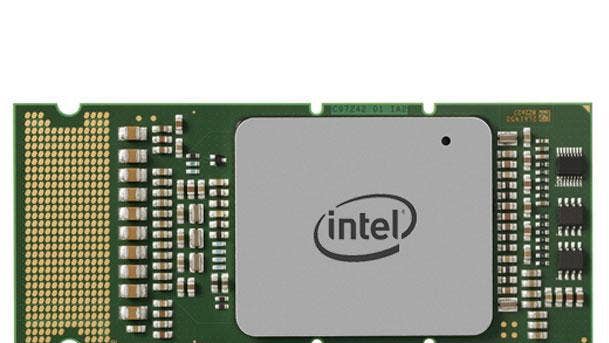
7. Intel Grows Market Share Against AMD For A Couple Quarters
Intel managed to reverse AMD’s market share growth for x86 CPUs across two consecutive quarters, despite the company’s manufacturing issues and its rival’s increasing competitiveness.
Mercury Research reported that Intel grew its overall x86 CPU share 0.7 points to 78.3 percent in the fourth quarter of 2020 and another point to 79.3 percent in the first quarter of 2021. Dean McCarron, president of Mercury Research, told CRN that Intel’s fourth-quarter share growth was largely due to increased capacity of lower-end processors and growing sales of higher-end desktop processors. In the first quarter, most of the pull came from entry-level CPUs in laptops.
While Intel saw market share growth in the laptop and desktop segments in the first quarter, it lost share to AMD in the server segment in the fourth and first quarters, the latter of which is when AMD recorded its single-quarter gain for server CPUs since 2006. Intel also lost share in the desktop segment in the first quarter. McCarron said that while Intel’s overall share may have grown, its average selling providers were much lower than AMD’s.
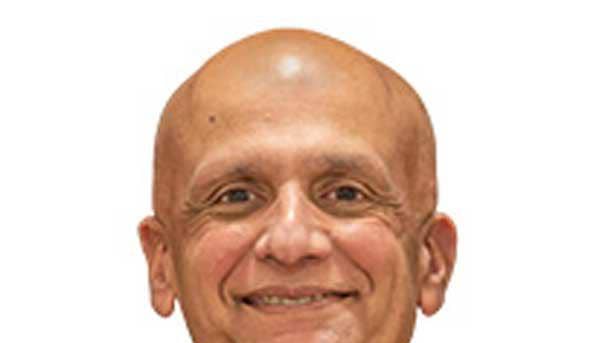
6. Gelsinger Brings Veteran Engineers Back To Intel
Intel CEO Pat Gelsinger has brought back several veteran engineers to help enact his comeback plan after he took the chipmaker’s top leadership post in February.
Even before Gelsinger was instated as Intel’s new CEO, his return helped convince Sunil Shenoy (pictured), a 33-year company veteran who left Intel in 2014, to rejoin the company as senior vice president and general manager of Intel’s Design Engineering Group. A few months later, Intel announced that Shlomit Weiss, a 28-year company veteran who worked on the dual-core and Skylake CPUs, will work alongside Shenoy as co-general manager of the Design Engineering Group from her home country of Israel.
Other company veterans that have returned under Gelsinger’s tenure include Glenn Hinton, Bob Brennan and Stuart Pann. Gelsinger has also attracted a couple of his former lieutenants at VMware: Greg Lavender, who became CTO and head of the new Intel Software and Advanced Technology Group, and Guido Appenzeller, who is now a CTO within the new Datacenter and AI Group.

5. Intel Reportedly Mulls SiFive, GlobalFoundries Acquisitions
Intel has reportedly explored buying two companies in recent months that would expand its processor IP portfolio and chip manufacturing capabilities — two moves that could benefit the company’s new IDM 2.0 hybrid manufacturing strategy.
In June, Bloomberg reported that the semiconductor giant reportedly offered $2 billion to acquire SiFive, an up-and-coming chip designer that competes with Arm using an open-source architecture called RISC-V. Intel has been involved with SiFive in multiple ways recently: Intel Capital has invested in SiFive. Intel has been working with SiFive to offer RISC-V manufacturing capabilities. And Intel most recently said it will be creating its own RISC-V processor development platform that will use several of SiFive’s new Performance P550 cores. Bloomberg said that the startup has received takeover offers from other parties as well as new investment interest.
In July, The Wall Street Journal that Intel is looking at acquiring GlobalFoundries in a move that would accelerate its plans to manufacture more chips for other companies. The Journal reported the deal could value GlobalFoundries, which spun out of AMD in 2009, at around $30 billion, according to unnamed people the Journal said were familiar with the matter. A few days after the report, GlobalFoundries CEO Tom Caulfield downplayed the report in an interview with Bloomberg, saying “There’s nothing there in that discussion,” and restated the company’s plan to go public next year.

4. Top Intel Data Center Exec Out Shortly After Ice Lake Server Launch
Intel CEO Pat Gelsinger announced on June 22 that Navin Shenoy (pictured), Intel’s top data center executive, would depart on July 7 as part of a major restructuring of Intel’s Data Platform Group.
Shenoy’s departure was significant for several reasons. He was on the company’s executive leadership team. He was once a candidate to become Intel’s next CEO before Bob Swan was appointed to the role. He was the third most highly compensated Intel executive last year, and when he departed in July, it meant that the three most highly compensated Intel executives from last year will no longer be at the company, signifying the major changes Intel has undergone in the past several months.
But perhaps more importantly from a product perspective, Shenoy was in charge of the launch of the third generation of Intel’s Xeon Scalable processors, code-named Ice Lake. The CPUs launched in May and are Intel’s first server processors to use the company’s troubled 10-nanometer manufacturing process, which saw multiple years of delays. Those process delays contributed to the company pushing the launch of Ice Lake for servers beyond its previously planned 2020 launch window. Despite Intel’s Xeon processors jumping to a more advanced manufacturing node, the company wasn’t able to declare major performance and price-performance benefits against AMD’s two most recent generation of EPYC processors, which include the Milan CPUs that launched in April.
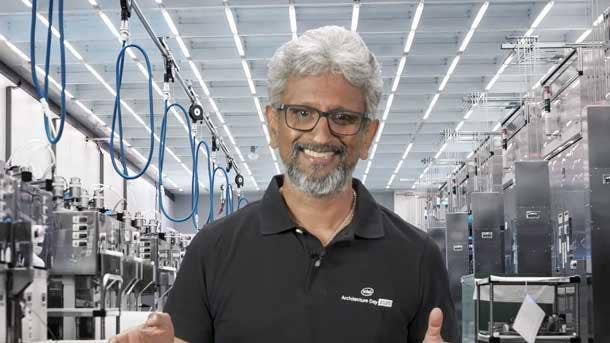
3. Intel Reorganizes Data Platforms Group; Forms New GPU, Software Units
Intel announced on June 22 that it was restructuring its Data Platform Group into two business units and forming two new divisions: the Software and Advanced Technology Group and the Accelerated Computing Systems and Graphics Group.
The Data Platform Group was split into the Datacenter and AI Group, which is being led by longtime Intel executive Sandra Rivera and will “focus on developing leadership data center products for a cloud-based world,” which will include Xeon and FPGA products, the company said in its public announcement. The other group being spun out from the Data Platform Group is the Network and Edge Group, which is being led by Nick McKeown and will bring together Intel’s Network Platforms Group, the Internet of Things Group and the Connectivity Group into a “single business unit chartered to drive technology and product leadership throughout the network to the intelligent edge,” Intel said.
As for the new divisions, the Software and Advanced Technology Group is being led by former VMware CTO Greg Lavender and will “drive Intel’s unified vision for software, ensuring it remains a powerful competitive differentiator for the company,” according to the company. The Accelerated Computing Systems and Graphics Group, on the other hand, is being led by Raja Koduri (pictured) and will focus on high-performance computing and graphics, which will include integrated and discrete GPU solutions for client, enterprise and data center customers.

2. Intel Announces IDM 2.0 Hybrid Manufacturing Strategy
A month after becoming Intel’s new CEO, Pat Gelsinger announced in March a major evolution of the company’s integrated device manufacturing with its new IDM 2.0 strategy that Gelsinger said will create a “new era of innovation and product leadership” at Intel.
The IDM 2.0 strategy consists of three parts: increasing the company’s internal manufacturing capacity across the world, which began with a $20 billion investment for two new fabs in Arizona; increasing the use of third-party foundries to manufacture Intel’s chips; and launching a new foundry business, Intel Foundry Services, to manufacture chips for other companies.
As part of the IDM 2.0 strategy, Gelsinger vowed that Intel will return to “unquestioned leadership” for its CPU products by 2024 or 2025 while restoring the company’s “tick-tock” model that was abandoned during its 10-nanometer struggles. Beyond its CPU plans, Gelsinger said Intel will also provide “unquestioned leadership” for AI, graphics and networking technologies as part of Intel’s multi-architecture “XPU” product strategy.

1. Intel Names VMWare’s Pat Gelsinger As New CEO
Intel’s board of directors set the chipmaker on a new path when it named VMware leader and 30-year Intel veteran Pat Gelsinger as the company’s new CEO on Jan. 13. Gelsinger, who was previously VMware’s CEO for nearly nine years, stepped into the new role on Feb. 15, taking over from Bob Swan, who had only served in the top leadership for two years.
The CEO shakeup came after hedge fund Third Point gained a “significant stake” in the company and demanded the chipmaker explore strategic options, including selling off “failed acquisitions” and potentially its manufacturing operations, to regain technology leadership and recover from manufacturing struggles that have resulted in product delays.
On his second day on the job, Gelsinger told the company’s 110,000-plus employees that he has four priorities for Intel: “become the leader in every category” in which Intel competes, “execute flawlessly” to Intel’s commitments, “passionately innovate with boldness and speed,” and “reignite [Intel’s] culture to attract and motivate the best engineers and technologists.”